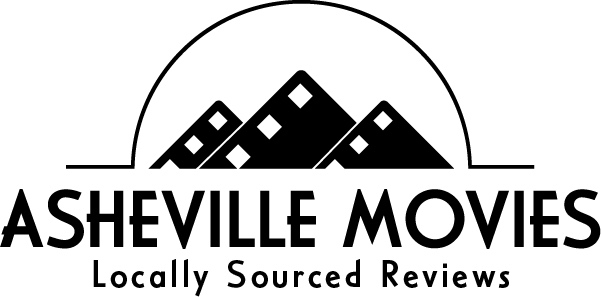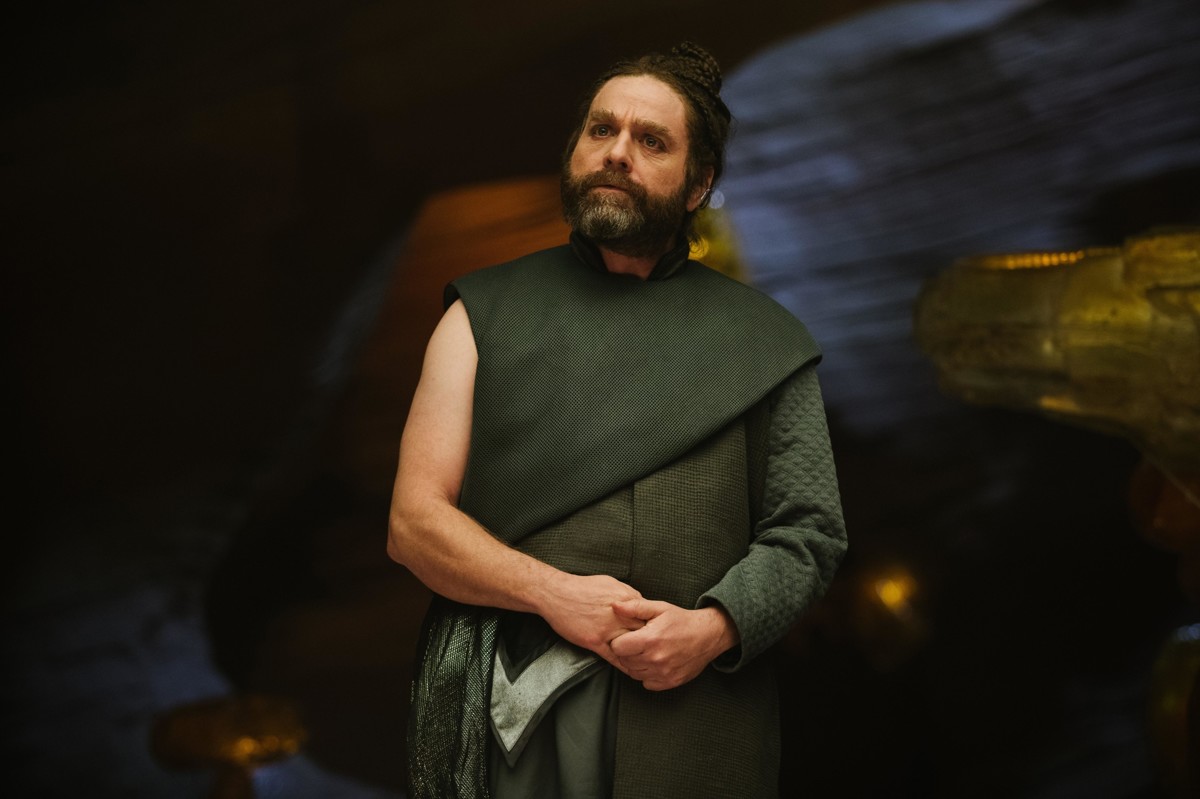A Wrinkle in Time
Bruce Steele: I’m glad we saw A Wrinkle in Time in RPX 3D, because the rumbling seats and flowers flying in my face were more stimulating than anything going on among the characters. Did anything in this movie make sense to you?
Edwin Arnaudin: Other than Oprah Winfrey and director Ava DuVernay are best friends and that hanging out with them for a few weeks is more important to a handful of talented actors than reading a script? Not really.
Bruce: Both Oprah and Ava strike me as intelligent, compassionate women. It's hard to believe they read this script and saw something visionary.
Edwin: That's the question I kept coming back to amidst the insanity: Why adapt Madeleine L'Engle's novel now? I never got a convincing answer.
Bruce: Not having read the novel, I had trouble figuring out what the point was supposed to be, beyond the lavish CG spectacle. Let’s start with the plot: Dad (Chris Pine) is a scientist who talks about “wrinkles” in space-time that allow instant teleportation. Then he disappears for four years. But does the physics mumbo-jumbo ever really pay off?
Edwin: No. It's one of many topics that are introduced, then dropped as the screenplay dashes off in pursuit of the next shiny object or would-be life lesson.
Bruce: Is there a life lesson? I mean, I get that “love wins,” but that’s a rather nonspecific lesson. It can’t hold a candle to, say, “There’s no place like home” or even “Wax on, wax off.”
Edwin: Love wins. Family first. Embrace yourself. Trust your creepy genius brother Charles Wallace (Deric McCabe). I guess better late than never for insecure young teen Meg (Storm Reid) to receive these messages.
Bruce: Charles Wallace is indeed the creepiest little kid since Joshua Miller’s psycho Tim in River’s Edge. And what’s with that name?
Edwin: I guess the name is a relic from the 1962 in which the novel was published. Though I’m fond of the book, I kept having to combat thoughts of George Wallace this time.
Bruce: Then there’s third wheel Levi Miller (Peter in Pan) as Meg’s maybe-boyfriend Calvin.
Edwin: He’s a superfluous character, beyond being the one non-relative to tell Meg she has value. His wide-eyed pining for her gets old fast, if he’s indeed romantically interested in her.
Bruce: He misses about a dozen chances to kiss her, so when he says at the end that he has to go home and have a talk with his dad, I imagined him coming out. Probably not the filmmakers’ intention.
Edwin: That’s not how I read it in the moment, but you very well may be right. Either way, his and Meg’s dynamic is one of many signs that DuVernay and her collaborators don’t know what kind of film they’re making, nor for whom it’s intended.
Bruce: Wikipedia research suggests it’s supposed to be set on a series of different planets, but the film plays like it’s all a lavish virtual reality game plugged into Meg’s mind. Or maybe an interdimensional journey. The mythology is a complete mess.
Edwin: As is the direction. The framing has no consistency, shots frequently blur into focus and the effects work is some of the most awkward I’ve seen, especially from something with Disney money.
Bruce: I really liked DuVernay’s Selma, but she had a clear vision for that movie. This project seems to have overwhelmed her. Whatever she hoped to get across — emotion, life lessons, comedy — gets lost in the choppy, relentless, unmotivated CG effects.
Edwin: Selma is terrific, as is her follow-up documentary 13th. Wrinkle feels barely thought out and lacks leadership. I can’t imagine that its trippiness — which makes me want to retitle it David Lynch’s Sesame Street: The Return — went over well in test screenings.
Bruce: It’s very Twin Peaks, because it explains nothing. Although it does have an ending, which anyone age 3 or older can predict, for what that’s worth.
Edwin: An ending that’s far more effective on the page (at least to my then 11-year-old mind) and seems unlikely to inspire adaptations of the other books in L’Engle's Time Quintet. So, no more giant, bedazzled eyebrow Oprah; miscast, quote-spewing Mindy Kaling; man-bun Zach Galifianakis; and, in the words of honorary Movie Guy Kenny, “cabbage head, lettuce monster“ Reese Witherspoon.
Bruce: I’m afraid it will join the dustbin of failed franchise launches alongside another Disney disaster, Return to Oz. That 1985 film kept popping into my head during Wrinkle, because it had a similar disjointed, overstuffed quality. Both left the impression of trying too hard, as your list of oddness suggests. I don’t want to gloat here. It’s really quite sad.
Edwin: Well, it’s not a film either of us wanted to fail. We admire the cast and crew, and injecting L’Engle’s predominately pasty characters with some diversity is a welcome change that would seemingly make it the heir to Black Panther. But progressive as casting people of color in primarily roles is, the gains are largely lost in the visual and narrative madness, not to mention the corny, over-produced R&B pop songs, whose random placement rivals that of the Fifty Shades movies.
Bruce: I have to disagree with you there, Edwin. Any soundtrack that generates the first new Sade song in eight years cannot be dismissed as “corny.” It may be the best thing about the movie — other than yours and Kenny’s favorite moment.
Edwin: True, the smooth operator’s return clearly made no impact on me — unlike Charles Wallace’s tiny hand petting Giant Oprah’s chin, an image of accidental comic brilliance we won’t soon forget.
Bruce: Alas, moments of even accidental joy are too few in this movie. Admittedly, you and I are not the target audience, so maybe it will become the girl version of Transformers, a loud stupid movie that critics hate and audiences love. That wouldn’t be the worse thing ever.
Edwin: Agreed, but whereas it’s easy to see a vast swatch of the population getting kicks out of the robots in disguise, I’m having trouble imagining the intended viewership of A Wrinkle in Time having fun here. Despite multiple “girl power” moments and other bursts of potential entertainment, the convoluted storytelling seems destined to alienate most kids. I give it a D and do not recommend it for families.
Bruce: Good point. And the last sequence, set in the mind of the amorphous enemy — another mythological black hole — may be too scary for younger children. I was tempted to give the movie a failing grade, but given the earnestness of all involved, and that new Sade song, I’ll nudge it up to a D-minus.
Grade: D. Rated PG. Now playing at AMC Classic, Biltmore Grande and Carolina Cinemark
(Photos: Walt Disney Studios)









